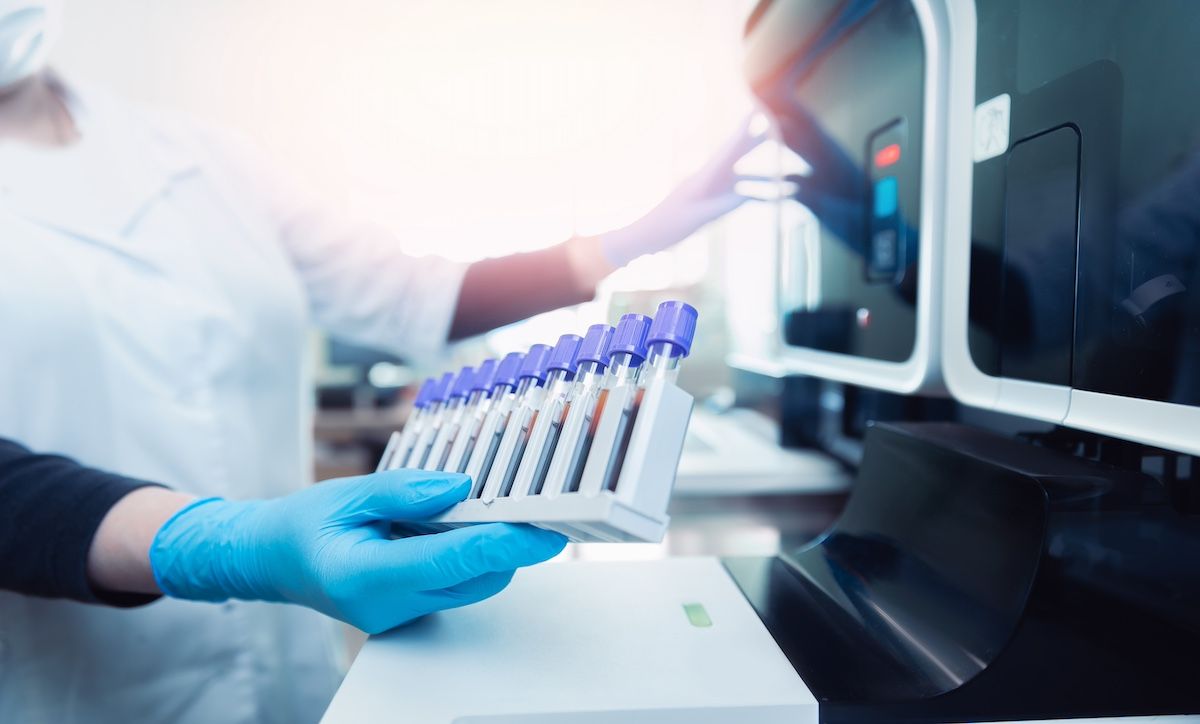- Center on Health Equity & Access
- Clinical
- Health Care Cost
- Health Care Delivery
- Insurance
- Policy
- Technology
- Value-Based Care
New Strategy Shows Promise for CD7-Positive Leukemia/Lymphoma
This study introduces a novel "all-in-one" strategy combining CD7 chimeric antigen receptor T-cell therapy with haploidentical hematopoietic stem-cell transplantation, showing significant potential to improve survival and reduce toxicities in patients with relapsed or refractory CD7-positive hematologic cancers.
In a recent study published in The New England Journal of Medicine, researchers introduced a novel "all-in-one" strategy that combines CD7 chimeric antigen receptor (CAR) T-cell therapy with haploidentical hematopoietic stem-cell transplantation (HSCT) to treat patients with relapsed or refractory CD7-positive leukemia and lymphoma.1
Relapsed or refractory hematologic cancers typically have a dire prognosis, with traditional treatments often leading to a 5-year overall survival of less than 20%. Toxicities from pretransplant conditioning and graft-vs-host disease (GVHD) prophylaxis have limited the integration of CAR T-cell therapy as a bridge to allogeneic HSCT.2 This all-in-one strategy avoids traditional pharmacologic myeloablation and GVHD prophylaxis and has shown promising results for patients with limited therapeutic options.
The researchers noted, "Our findings suggest that sequential CD7 CAR T-cell therapy and haploidentical HSCT is safe and effective, with remission and serious but reversible adverse events. This strategy offers a feasible approach for patients with CD7-positive tumors who are ineligible for conventional allogeneic HSCT."
Investigators have introduced a treatment combination of combines CD7 T-cell therapy and haploidentical HSCT to treat patients with relapsed or refractory CD7-positive leukemia and lymphoma | Image Credit: Parilov - stock.adobe.com

The study, completed at the Bone Marrow Transplantation Center at Zhejiang University School of Medicine, involved 10 patients who underwent sequential therapy, including 7 with acute myeloid leukemia, 2 with T-cell acute lymphoblastic leukemia, and 1 with T-cell lymphoblastic lymphoma (grade IVa). These patients had previously shown poor responses to conventional treatments, completing a median of 9.5 (range, 4-15) therapy courses.
Undergoing sequential therapy, starting with CD7 CAR T-cell therapy followed by haploidentical HSCT, all patients achieved complete remission, albeit with incomplete hematologic recovery. At 1 year post treatment, the overall survival rate was 68% (95% CI, 43%-100%), and the disease-free survival rate was 54% (95% CI, 29%-100%). The absence of pharmacologic myeloablation and GVHD prophylaxis drugs, relying instead on the immunosuppressive effects of the CAR T cells, presents a less toxic and potentially more effective treatment method.
Serious but reversible adverse events were reported, including grade 4 pancytopenia observed in all patients following CAR T-cell therapy, which was expected due to the therapy's mechanism. Following HSCT, 1 patient died from septic shock and another from encephalitis, highlighting the treatment's significant risks. Additionally, 3 patients developed grade 2 HSCT-associated acute GVHD. The median follow-up was 15.1 (range, 3.1-24.0) months after CAR T-cell therapy. Six patients remained in minimal residual disease–negative complete remission during the follow-up period.
The researchers acknowledged the limitations of their study, including its small sample size and the exploratory nature of the treatment.
They noted that "because we were evaluating a new therapeutic strategy, the findings of this study still need to be extended and confirmed in a larger and more homogeneous cohort of patients."
Although the results of the study are promising, the authors acknowledge the need for larger, more definitive trials to confirm these results and potentially expand the therapy's application.
References
1. Hu Y, Zhang M, Yang T, et al. Sequential CD7 CAR T-cell therapy and allogeneic HSCT without GVHD prophylaxis. N Engl J Med. 2024;390(16):1467-1480. doi:10.1056/NEJMoa2313812
2. Ellard R, Kenyon M, Hutt D, et al. The EBMT immune effector cell nursing guidelines on CAR-T therapy: a framework for patient care and managing common toxicities. Clin Hematol Int. 2022;4(3):75-88. doi:10.1007/s44228-022-00004-8
